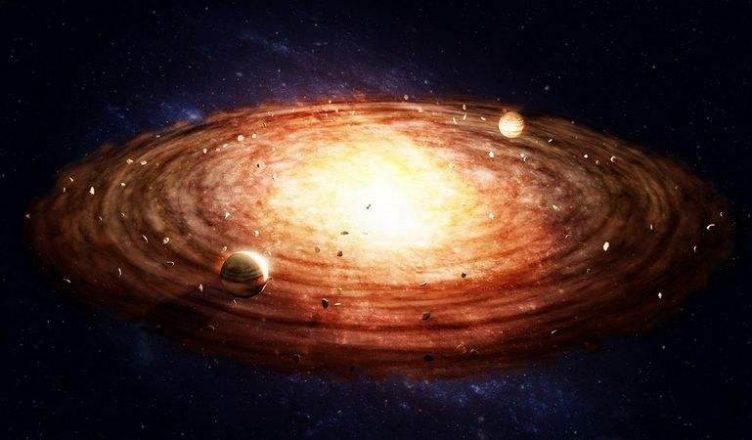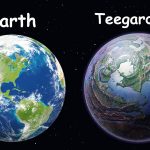According to known observational data, there are over a trillion galaxies in the observable universe, and these galaxies are not isolated entities. Through gravitational interactions, many galaxies come together to form various types of galaxy clusters or groups, and they can further assemble into even larger structures known as superclusters.
In fact, our Milky Way belongs to a supercluster known as “Laniakea.” This vast cosmic structure consists of 300 to 500 galaxy clusters and groups, spanning up to 520 million light-years, with a potential galaxy count of up to 100,000. So, are there even larger structures in the universe? The answer is yes.
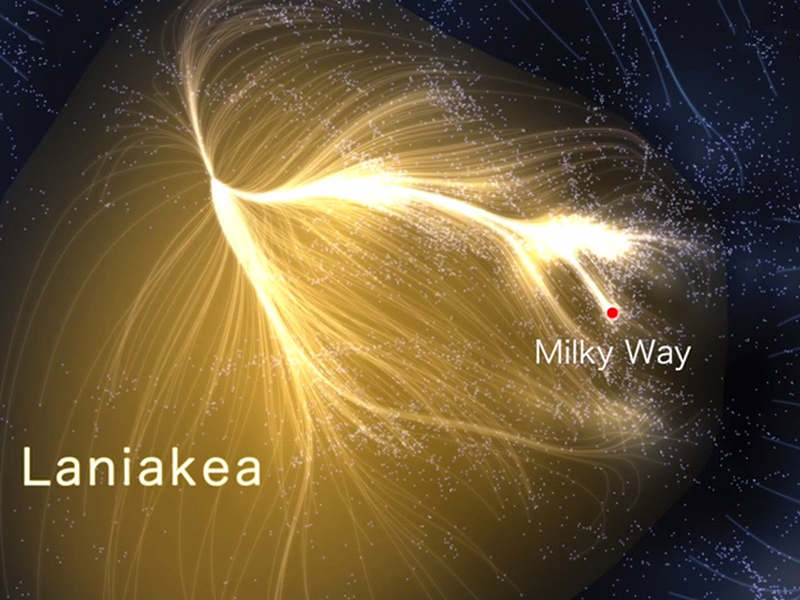
While the “Laniakea” supercluster is astonishingly large, it is still smaller in scale when compared to the “Great Wall of the Universe.” In simple terms, the “Great Wall of the Universe” is a supermassive filamentary structure formed by the gravitational bonding of enormous galaxy clusters, which can include multiple superclusters, and it can potentially contain hundreds of millions of galaxies.
In the past, scientists have discovered several enormous “Great Walls of the Universe,” with the largest one being called the “Hercules-Corona Borealis Great Wall.” In fact, it is the largest known structure in the universe. Let’s explore how this colossal cosmic structure was discovered and just how massive it is.
The initial discovery of the “Hercules-Corona Borealis Great Wall” is closely related to gamma-ray bursts. In essence, gamma-ray bursts are extreme, intense, and brief events of high-energy gamma-ray radiation in the universe, often originating from the deaths of massive stars or the collisions and mergers of neutron stars.
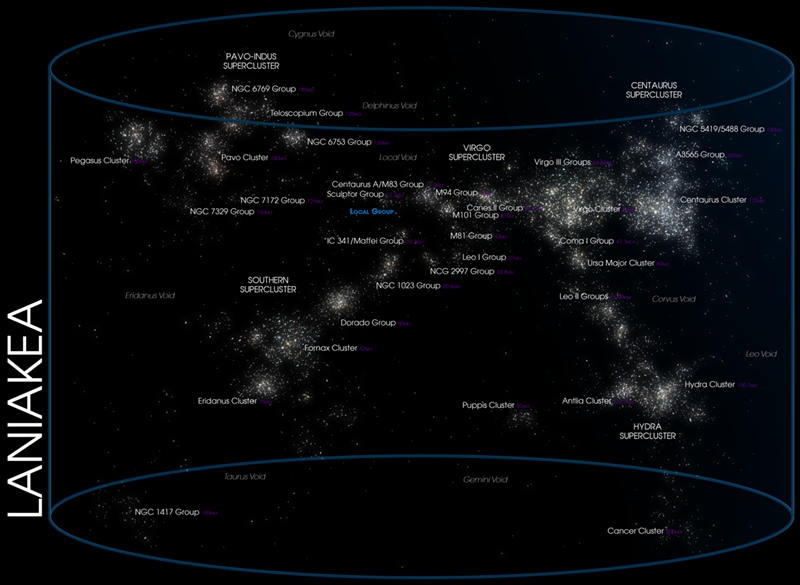
A typical gamma-ray burst releases more energy in a fraction of a second than the Sun does over its entire 10-billion-year main-sequence phase, making them exceptionally “bright” in the universe, observable even from great distances. On the other hand, gamma-ray bursts are also very rare events in the cosmos. For example, in a galaxy like the Milky Way, they occur only once every few million years. Since gamma-ray bursts require extremely rich material, they serve as markers for regions of high-density matter in the distant universe. By statistically analyzing their positions and frequencies in the sky, we can infer the approximate distribution of galaxies in the relevant regions.
In 2013, scientists used a large dataset of observations from various space and ground-based telescopes spanning from 1997 to 2012 to create a distribution map of gamma-ray bursts in the sky. They subsequently discovered an anomalously high density of gamma-ray bursts between the constellations Hercules and Corona Borealis, far exceeding the expected average distribution. This led scientists to realize that there was a massive cosmic structure in this region.
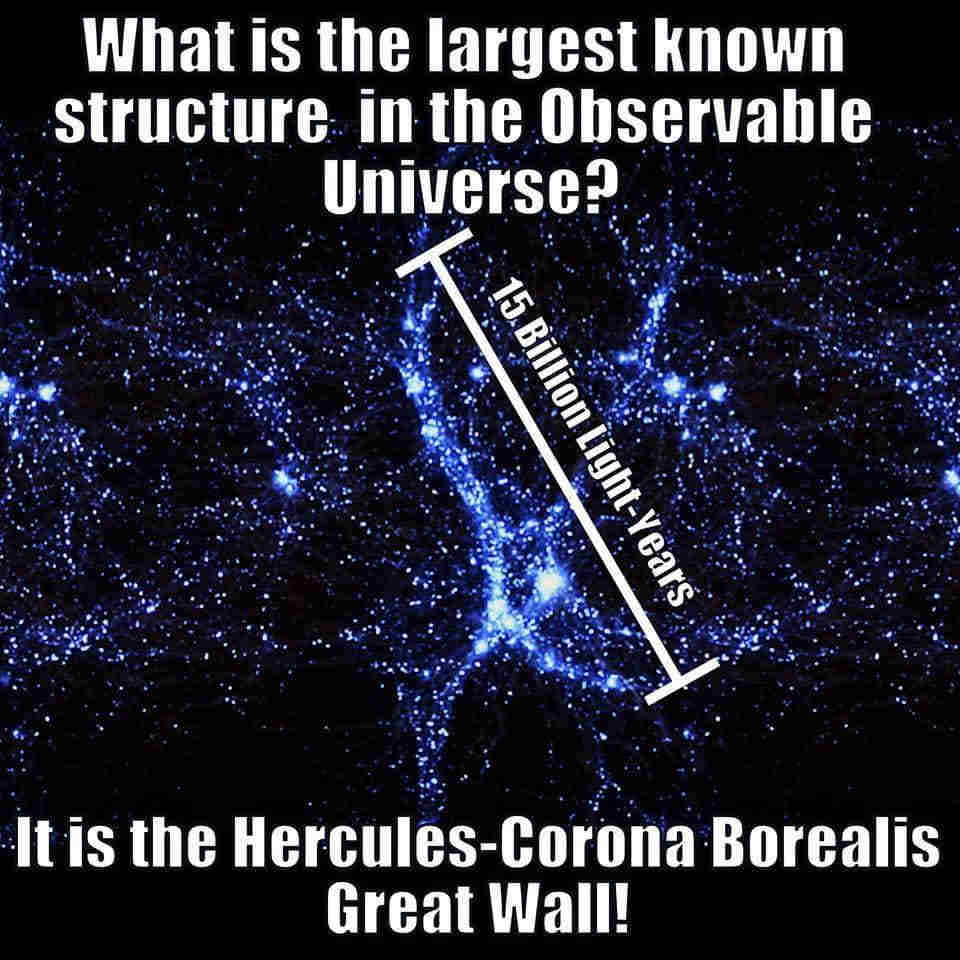
Yes, this cosmic structure is the “Hercules-Corona Borealis Great Wall.” Over time, with the accumulation of observational data, scientists estimated its shape and size: it is a supermassive filamentary structure with a length of approximately 10 billion light-years.
For comparison, the observable universe has a diameter of about 93 billion light-years, meaning the “Hercules-Corona Borealis Great Wall” occupies roughly 10.75% of the entire observable universe’s diameter. Such immense scale makes it the largest known structure in the universe.
It’s important to note that according to the prevailing theories in the scientific community, the universe came into existence around 13.8 billion years ago. Observational data indicates that the light we see from the “Hercules-Corona Borealis Great Wall” traveled approximately 10 billion light-years to reach us. This means that what we see now is how it appeared about 10 billion years ago, which implies that it formed just 3.8 billion years after the birth of the universe.
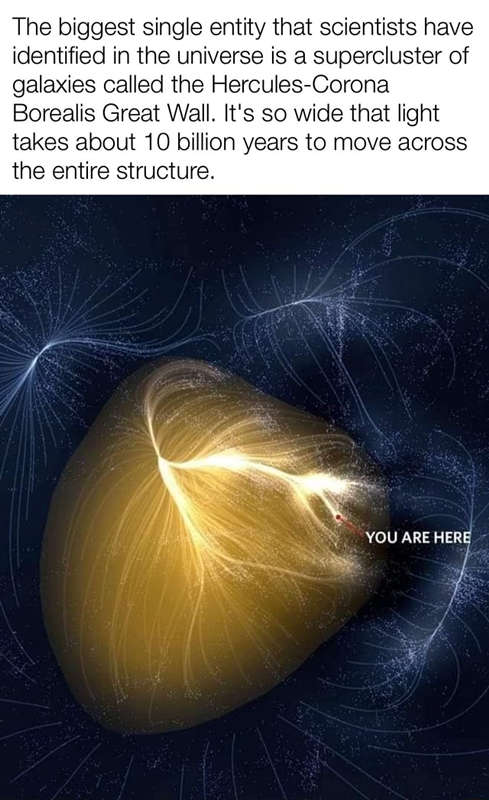
However, according to current models of cosmic evolution, it should be impossible for such an incredibly massive structure to form within the first 3.8 billion years after the universe’s birth. This discovery of the “Hercules-Corona Borealis Great Wall” has left scientists perplexed, and two possible explanations are being considered: 1) our observational data may not be precise enough, or 2) our existing theories may require revision.
As of now, research and exploration of the “Hercules-Corona Borealis Great Wall” are ongoing, and scientists hope to unravel this mystery in the future.
More UFOs and mysterious files, please check out our YouTube channel: MysFiles
Is the moon artificial? Evidence Proves the Moon Was Unnaturally Formed
